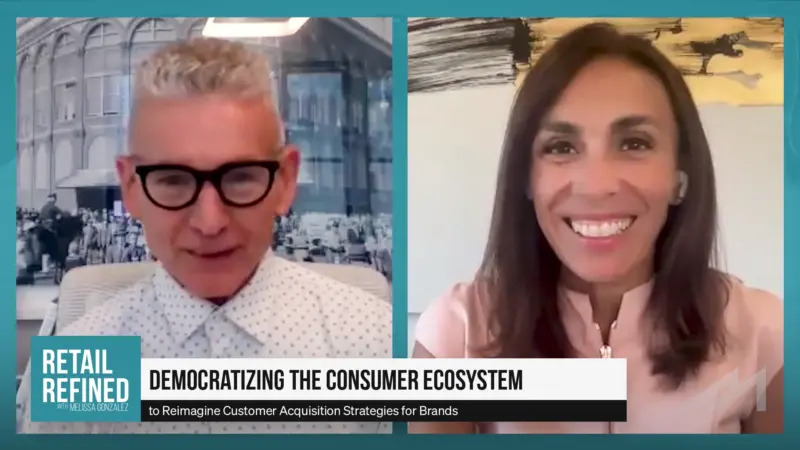Retail Loyalty Programs Benefit More than Just Customers
While each store creates its own unique customer loyalty program, they all have one thing in common –incentivizing purchasing behavior. Members get exclusive discounts or perks in exchange for being a loyal shopper. These programs are built on a simple philosophy – the more customers spend, the more perks they receive. Essentially it pays to have loyal customers.
A few simple facts illustrate how popular this retail strategy is among brands and consumers:
- The National Law Review found it costs five times more to acquire a new customer than keep a current one.
- Forbes believes that current customers spend 67 percent more than new ones.
- Shopify says that 66 percent of consumers report that they modify spending amounts in order to maximize points.
- According to the 2016 Bond Loyalty Report, 73 percent of members are more likely to recommend brands with good loyalty programs.
Big box retailers, like Costco, attribute a lot their success to a refined “secret sauce” – building loyalty among members. Costco’s membership model mixed with improved renewal rates drives a lot of consistent traffic. Shoppers see firsthand the value they receive by being a member. Sephora’s approach – the Beauty Insider program – rewards consumers based on the amount they spend per calendar year. Their perks range from discounts, free products, exclusive access to class and tutorials.
Starbucks revolutionized the loyalty program technology by incorporating it into a user’s smartphone. Customers can pre-order drinks, have access to exclusive games, receive immediate discounts on flavor syrups and rack up point for free menu items. The app, or Gold Card, is straightforward to use and integrate your other applications on your phone. Similarly, Walgreens incorporated their loyalty program into their mobile app, which lets users refill prescriptions, order photos and make in-app purchases.
One of, if not the largest, loyalty programs is Amazon Prime with more than 100 million users enrolled in the program, according to CEO Jeff Bezos. Amazon Prime members spend 4.6 times more money on Amazon than non-Prime members do. The success is all because the company listened to their customers’ most significant pain point – shipping costs.







